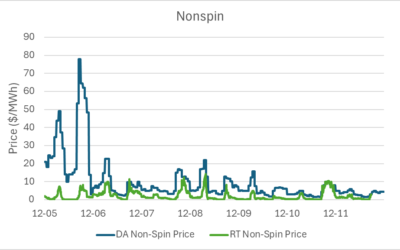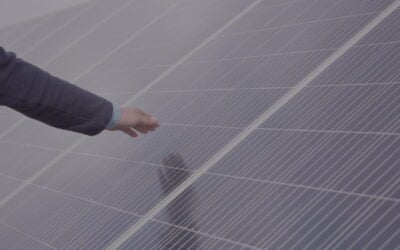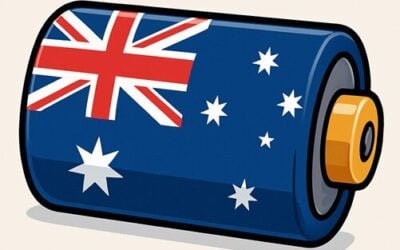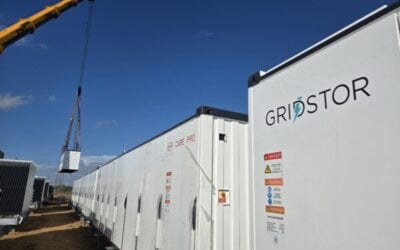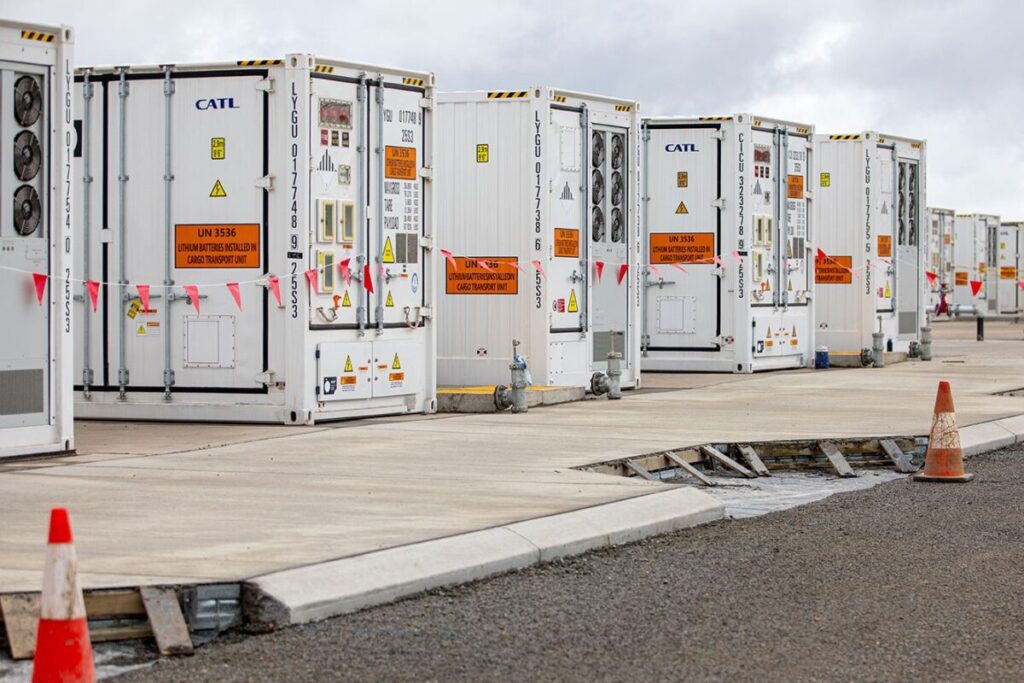
On 21 July, standalone battery energy storage systems (BESS) and solar-plus-storage each achieved new generation records in Western Australia’s South West Interconnected System (SWIS).
According to the Australia Energy Market Operator (AEMO), cold and wet weather across Western Australia drove electricity demand to a new winter peak of 3,676MW at 18:30 on Monday. The previous record was set in June 2023.
During the peak, standalone BESS and a hybrid solar and battery project contributed 604MW of total generation, the highest level recorded for these technologies in the SWIS. At the time, this was 16.5% of the generation mix.
The SWIS is Western Australia’s primary electricity grid. It covers a large portion of the state’s southwest, including Perth and surrounding areas, stretching from Kalbarri in the north to Albany in the south and Kalgoorlie in the east. It is operated by Western Power and owned by the Western Australian government.
Try Premium for just $1
- Full premium access for the first month at only $1
- Converts to an annual rate after 30 days unless cancelled
- Cancel anytime during the trial period
Premium Benefits
- Expert industry analysis and interviews
- Digital access to PV Tech Power journal
- Exclusive event discounts
Or get the full Premium subscription right away
Or continue reading this article for free
Nicola Falcon, the interim executive general manager of AEMO in Western Australia, commented on the new record by highlighting that over 850MW of energy storage has been added to the SWIS since 2023.
This includes a hybrid solar-plus-storage facility, specifically Green Power Generation’s Cunderdin site, which features a 128MW solar PV power plant with a 55MW/220MWh 4-hour duration BESS. When it came online in April 2025, it became Western Australia’s first grid-connected solar-plus-storage hybrid site.
“These records show the changing generation mix in Western Australia as ageing coal and gas-fired power stations retire,” Falcon said.
Western Australia’s SWIS sees rise in battery storage projects
The SWIS is widely recognised as one of the world’s largest isolated grids, comprising around 7,650km of transmission and 97,000km of distribution powerlines.
With the state adhering to decarbonisation targets, energy storage has become vital to its energy transition, especially as coal-fired power is phased out and replaced with variable renewable energy.
As a result, the state has become home to some of the country’s largest battery storage projects. This includes state-owned Synergy’s 500MW/2,000MWh Collie BESS, which has been built to partially replace the 300MW Collie Power Station, a coal-fired power plant scheduled for decommissioning in 2027.
CATL, a China-headquartered battery manufacturer, provided the Collie project with its EnerC containerised lithium iron phosphate (LFP) BESS solution.
Collie is also home to another utility-scale BESS: French independent power producer (IPP) Neoen’s 540MW/2,240MWh Collie Battery, which is being developed in two stages. The first, a 219MW/877MWh stage, was completed in late October 2024.
Tesla is exploring a battery re-manufacturing facility near the two Collie battery sites.
Several utility-scale BESS projects were successful in Western Australia’s first Capacity Investment Scheme (CIS) tender, which launched in September 2024, and successful proponents were revealed in March 2025.
The winning projects, the Boddington Giga Battery, Merredin Big Battery, Muchea Battery, and Waroona Renewable Energy Project, amount to 654MW/2,595MWh and are scheduled to be operational by October 2027. Each project is 4-hour duration.
Progressive Green Solutions Energy is developing the largest BESS, the Boddington Giga Battery, a 324MW/1,200MWh system. The project will feature a solar PV power plant and be developed in Marradong, around 120km south-east of Perth.
Neoen, which is behind the 2,240MWh Collie Battery, is developing the second-largest BESS in this CIS tender: the 150MW/615MWh Muchea Battery, which will be developed 43km northeast of Perth.
Our publisher, Solar Media, will host the Battery Asset Management Summit Australia 2025 on 26-27 August in Sydney. You can get 20% off your ticket using the code ESN20 at checkout.

